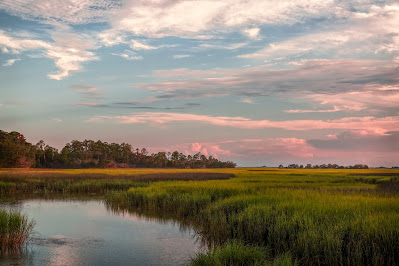 |
Ongoing U.S. rural vet shortages can threaten U.S.
food supplies. (Adobe Stock photo)
|
Rural veterinarian's perfect daydream: Cows never slam their bodies into you. Goats don't dig their horns into the back of your legs while you try to draw blood. And bunnies don't die of fright from routine procedures. Most "patients" get a little treat afterward. . . There's even time for lunch.
Rural vet reality: You work 10 out of 14 days and are on call during off-hours. You're treating colicky horses who require IV sedation alongside ungrateful cows with colds. Your back thighs are bruised and sore because Farmer Joe's goats hate blood draws, and you have to explain to your neighbor's 10-year-old daughter that even indoor bunnies can die of fright.
Given the overall toughness of rural veterinarian practice, it's no wonder the nation is experiencing a significant rural vet shortage. "Speak to anyone in the industry, and they will cite everything from
poor mental health outcomes,
high levels of student debt, long, often unpredictable hours, physical demands, and difficult clients,"
reports Lewis Kendall of
Ambrook Research. "A
recent industry survey found that more than 700 counties across all 50 states are experiencing potential large animal veterinarian shortages."
The shortage has multiple causes and requires varied approaches to be effectively addressed.
Oklahoma State University's College of Veterinary Medicine is "piloting a new program that it hopes will help better understand the scale of the issue and offer practical solutions," Kendall writes. "Known as the
Center for Rural Veterinary Medicine, the program takes a three-pronged approach: academic research, education, and training for student vets specific to rural environments."
Explaining OSU's philosophy, Martin Furr, assistant dean of clinical programs at the College of Veterinary Medicine, told Kendall, "We need to approach this problem of the rural veterinary shortage in the same way: a scholarly approach, understanding the problems, the dynamics, what is going on, and then developing a strategy to fix it. . . . I would hope that this would be a model for how other universities start to think about the problem and develop their own approaches."
Sarah Wagner spent five years as a large animal veterinarian in rural Virginia before moving into academics, where she is now an assistant dean and a professor of pharmacology at
Texas Tech University’s School of Veterinary Medicine. "Wagner has spent a lot of time thinking about the plethora of issues currently plaguing her field," Kendall reports. "She noted that as women make up the vast majority of veterinarians in the U.S., institutional problems like sexism —
particularly in rural areas — and the
gender pay gap have become increasingly prevalent."
Despite industry organizations working to decrease veterinarians' student debts, rural veterinarian medicine requires grit and dedication that can be tough to find. "Earl Brady, who owns a large animal practice in northern Vermont, told Kendall: "When you’re in school, and you have $300,000 of student debt, you have the option to go work for a small animal clinic and make $120,000 working four days a week with no on-call. Or you go to rural Vermont and start at maybe $85,000 and work 10 days out of a 14-day period and you’re on-call and you’re putting prolapses in in negative degree weather and chasing horses with colic around. It’s kind of a hard sell.”
The rural vet shortage has potential impacts for U.S. food supplies and supply chains. Read Kendall's full article here.












